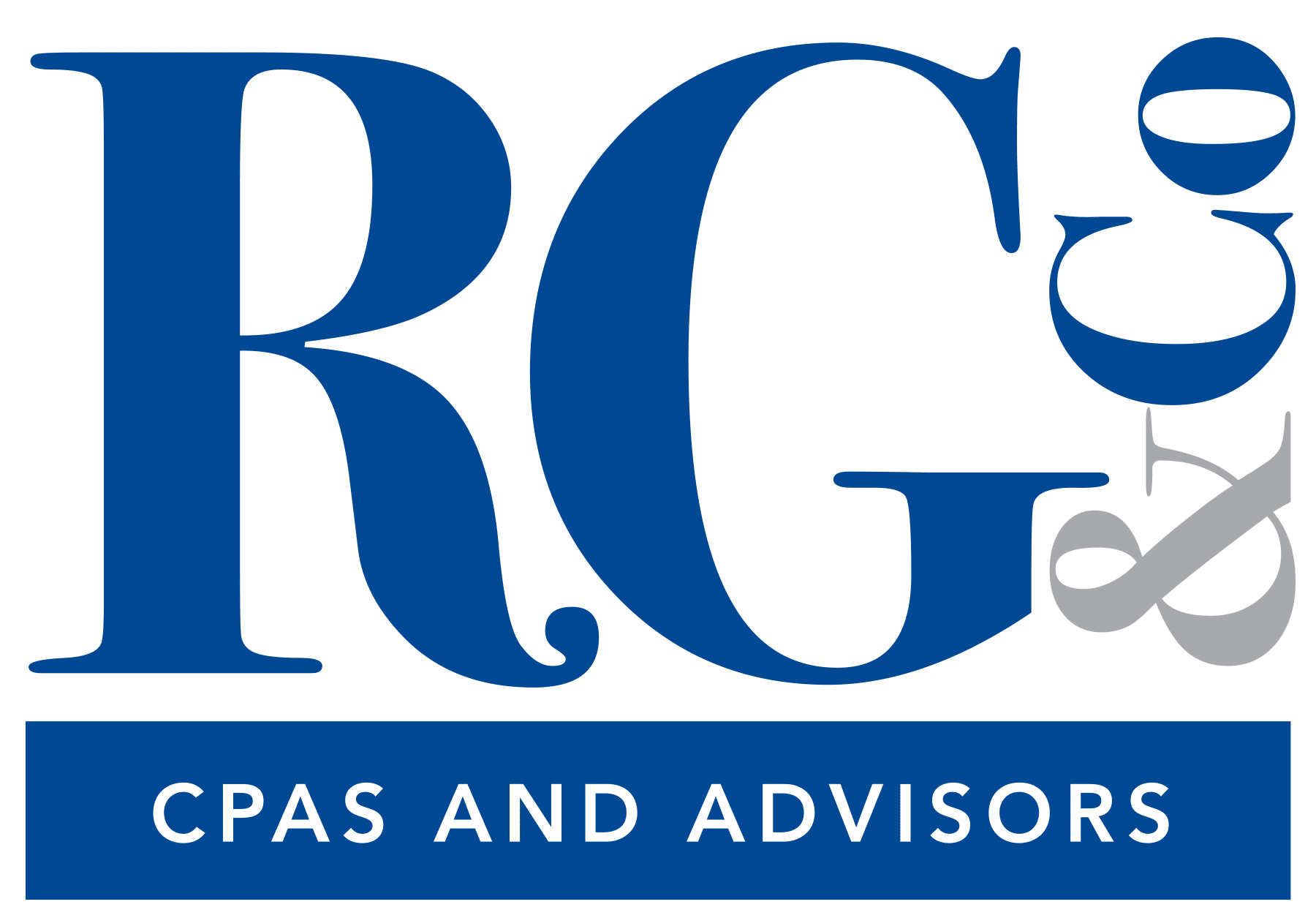- May 17, 2020
- Posted by: Rivero, Gordimer & Company
- Category: Business Advice

IMPORTANT: The information below has not been updated with the most recent rules and guidelines. Please visit and watch our PPP loan forgiveness webinar which includes all the most recent information to assist with maximizing your PPP loan forgiveness.
In recent weeks, there was uncertainty surrounding how the SBA and Department of the Treasury would determine if borrowers of Paycheck Protection Program (PPP) loans met good-faith requirements in the necessity of the loan during the application process. This left many small businesses to question if funds should be paid back in order to avoid future audit or scrutiny. Information released by the SBA and Department of the Treasury regarding PPP loans on May 13, 2020 provides additional guidance on the repayment of PPP loans established by the CARES Act. While all borrowers should adhere to the forgiveness rules of using these funds to meet payroll costs and other expenses including rent and utilities during the eight week period (review our guidelines here), this safe harbor guidance can help with the economic uncertainty dilemma some were facing.
Loan Amounts Less Than $2 Million — Loan amounts in this category will be deemed to have made the certification in good faith that current “economic uncertainty makes the loan request necessary to support the ongoing operations of the Applicant.” The SBA in consultation with the Department of the Treasury has determined this to be safe harbor and will apply to SBA’s review of PPP loans.
Loan Amounts of $2 Million or More — Loan amounts in this category that do not satisfy the described safe harbor may still be able to make the good-faith certification, but will be subject to SBA review. If the certification/safe harbor is not met by the borrower, SBA may seek repayment of the loan.
Click here to read the complete Frequently Asked Questions guide covering this topic published by the SBA and Department of the Treasury.
Please continue to follow Rivero, Gordimer & Company on our website and social media pages as we will continue to update you as new guidance is released. If you have additional questions, please contact us.
1 Comment
Comments are closed.


win money slots no deposit